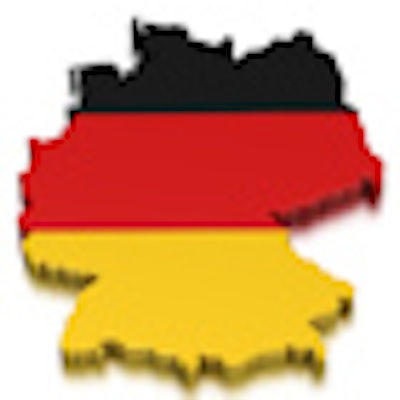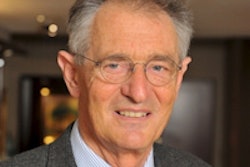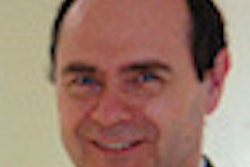
The prospect of more intense turf battles between cardiologists and radiologists in Germany is looming large following a change in the requirements for MRI certification at the local level.
In general, any nonradiologist wishing to use MRI must be granted certification by the Medical Association of the relevant federal state. Certification can be obtained by reading 1,000 MR scans in radiology departments over a period of 24 months. But in the state of Baden Württemberg, there's now an MRI certificate specifically for cardiologists, in addition to the umbrella MRI certificate that is open to all specialties. The new certificate takes only 12 months of training in a cardiology department and involves the reading of 300 MR images.
"This was very smart politically, as this new modification to requirements was pushed through with hardly anyone noticing," said Dr. Gerald Antoch, chairman of the department of diagnostic and interventional radiology at the University Hospital of Düsseldorf. "This means that cardiology can fast-track its own cardiologists."
 Collaboration between radiology and cardiology has improved, but little can be done in specific institutes if people refuse to cooperate, according to Dr. Gerald Antoch.
Collaboration between radiology and cardiology has improved, but little can be done in specific institutes if people refuse to cooperate, according to Dr. Gerald Antoch.
Like many observers, Antoch fears it is impossible to learn the technical background required for optimal techniques through 300 scans when it takes two years and 1,000 MRI reads for other nonspecialists to be certified and 3,000 MRI scans for a radiologist to gain certification from the German Radiology Board. Although at present only Baden Württemberg allows this specific certification, he suspects that over the coming weeks and months, cardiologists will press for changes to the requirements in other federal states.
Self-referral remains one of the underlying issues that need to be resolved fairly, other radiologists point out. They claim cardiologists who perform MRI have an incentive for filling the MRI schedule with their own patients, both in terms of reimbursement across private and state practice, and in private practice to pay off scanners.
Besides more revenue, whichever department performs the cardiac MRI benefits from greater opportunity to study cases, write academic papers, and receive more education in cardiac imaging techniques and advances. Some radiologists argue that given the cardiac patients are referred to radiology by cardiology and then go back to cardiology once the scan and report are complete, this is a fairer share in exposure to cases, and provides each discipline with a more equal opportunity for research.
Invasive coronary angiography versus cardiac CT is another area that German radiologists cite as being contentious, because it is cardiologists who decide on the type of examinations patients should undergo.
"Most cardiologists in Germany don't do cardiac CT themselves. Depending on local preferences, the relationship between cardiology and radiology departments, and reimbursement, cardiologists may send patients for cardiac CT for a wide variety of indications, only a limited number, or not at all," Antoch said.
In Europe, Germany has the highest rate of invasive coronary angiography, which is initially a costly procedure, regardless of the savings made over the long term, and one which is well reimbursed, making money for the hospital both in state and private practice and for individual private cardiologists.
Antoch pointed to a change in the organization of reimbursement as a potential mechanism by which radiologists and nonradiologists might resolve ongoing competition.
"If reimbursement drops for cardiac angiography, for example, cardiologists may be willing to send more patients to cardiac CT. However any new procedures will lead to the re-emergence of turf battles," he said. A case in point is renal nerve ablation for patients with therapy-resistant arterial hypertension, a procedure in which heat is applied to the renal artery wall and its surrounding renal nerves. Both specialties undertake this procedure and can claim that it is within their field of expertise.
Close relationships do exist, however, between departments in some hospitals. A mutual desire for cross-education may be realized through programs that see cardiologists doing joint reads with radiologists, and radiologists getting the chance to learn about cardio-echo in cardiology rotations.
Although the relationship between cardiology and radiology differs from institution to institution, it would seem that turf protection in some shape or form is here to stay, according to Antoch.
"Cooperation has overall improved, particularly between departments with a greater proportion of younger doctors who have different training history and are more flexible about collaboration, but no amount of bridge building by radiology and cardiology societies will have any impact if people in specific institutes decide not to cooperate," he noted.



















